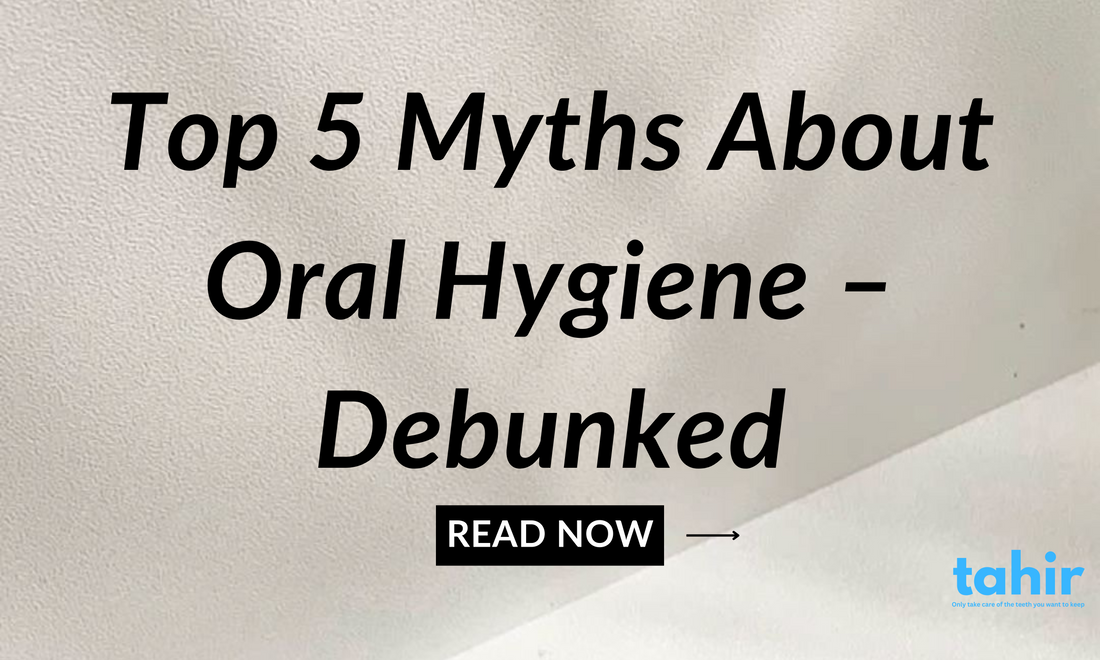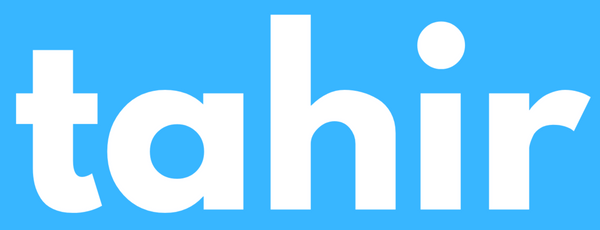
Top 5 Myths About Oral Hygiene – Debunked
Myth 1: Brushing Harder Cleans Your Teeth Better
Debunked: Brushing harder doesn’t mean better cleaning—it can actually do more harm than good. Aggressive brushing can wear down enamel and irritate your gums, leading to sensitivity and receding gums. The key to effective brushing is technique, not pressure. Use a soft-bristled toothbrush and gently brush in circular motions for two minutes, ensuring you clean every surface of your teeth.
Tip: Let the bristles do the work—gentle pressure and proper technique are enough to remove plaque without damaging your enamel or gums.
Myth 2: You Only Need to Floss If You Have Food Stuck in Your Teeth
Debunked: Flossing is crucial for daily oral care, not just when you feel food stuck between your teeth. Plaque and bacteria can accumulate between your teeth and under the gumline, areas that brushing alone can’t reach. Over time, neglecting to floss can lead to gum disease, cavities, and bad breath. Daily flossing helps remove plaque buildup and prevent these issues.
Tip: Whether you use traditional string floss or an electric flosser, aim to floss at least once a day to maintain healthy gums and teeth.
Myth 3: Mouthwash Can Replace Brushing and Flossing
Debunked: Mouthwash is a great addition to your oral hygiene routine, but it’s not a substitute for brushing and flossing. While mouthwash can freshen your breath and reduce bacteria, it doesn’t remove plaque and food particles the way brushing and flossing do. Think of mouthwash as a complement, not a replacement, to the essentials of oral care.
Tip: Use mouthwash after brushing and flossing to help reduce bacteria and leave your mouth feeling fresh, but don’t skip the basics!
Myth 4: Sugar Is the Main Cause of Cavities
Debunked: While sugar does play a role in cavity formation, it’s not the direct cause. The real culprits are the bacteria in your mouth that feed on sugar and produce acid, which erodes tooth enamel and leads to cavities. So, it’s not just about the sugar you consume but how long it stays on your teeth. Foods like bread, pasta, and chips can also break down into sugars that bacteria feed on.
Tip: Minimize snacking between meals and brush after consuming sugary or starchy foods to prevent harmful acid buildup.
Myth 5: You Don’t Need to See a Dentist Unless Something Hurts
Debunked: Regular dental checkups are essential, even if you’re not experiencing pain. Many oral health issues, such as cavities, gum disease, and oral cancer, can develop without noticeable symptoms in the early stages. By the time pain occurs, the issue may have progressed and become more difficult (and expensive) to treat.
Tip: Schedule dental checkups every six months for cleanings and early detection of potential issues. Prevention is always better than cure!
Final Thoughts
By understanding the truth behind these common oral hygiene myths, you can take better care of your teeth and gums and maintain a healthy smile for life. Remember, proper brushing, daily flossing, and regular dental visits are the foundation of good oral health. Don’t let these myths stand in the way of your best oral care routine!
Need help with your oral care routine? Check out our range of innovative toothbrushes, flossers, and more to keep your smile in top shape!
